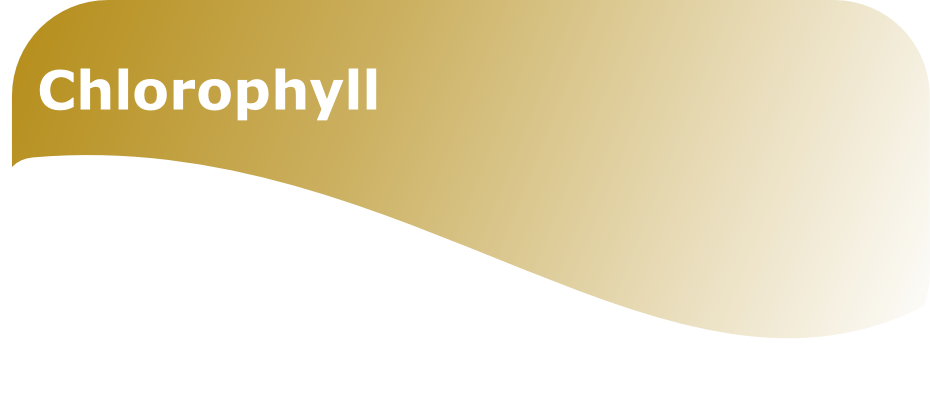



This study looked
at the levels of chlorophyll
along the estuary in relation to
nutrient data and was used to
extrapolate phytoplankton populations.
Between salinity of 0-
The high chlorophyll suggests that the nutrients are being utilized more and therefore depleted in this area by phytoplankton. The flushing rates in the Tamar estuary are very slow.This is important because it means that the nutrients stay in the estuary for a longer period of time, allowing for them to be utilized by phytoplankton. This allows phytoplankton to bloom further up the estuary as the flow is not carrying nutrients through too quickly, which may be a reason why there are high chlorophyll concentrations in the mid estuary.
Different phytoplankton species are adapted to different salinities and have different metabolisms, meaning that their nutrient requirements differ. There is an input of arsenic into the estuary, which is utilized by marine phytoplankton, which could be a reason as to why the chlorophyll levels are highest at higher salinities. The reason as to why the chlorophyll concentration increases with increased salinity may be because the nutrients available such as arsenic benefit marine phytoplankton more than freshwater phytoplankton. This means that data must be collected on more nutrients in order to be able to see the full picture.
All opinions expressed are of our own, and not of the University of Southampton

